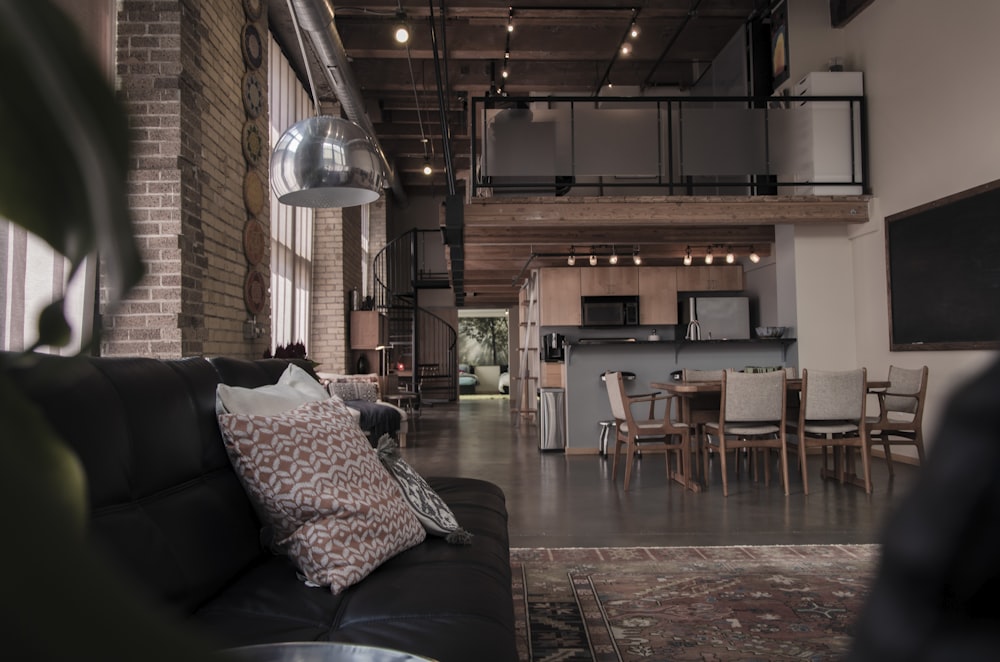3 Keys to Financial Stability
3 Keys to Financial Stability
 Obtaining financial stability is like maintaining good health. It’s the steps that you do today that affect the outlook tomorrow. Like dieting and exercise will lead to a trimmer shape if you stick to a program, your financial outlook will only improve through budgets and savings. It all comes down to simple math. You need to spend less than you make, and save for the future. Consider these 3 keys to financial stability.
Obtaining financial stability is like maintaining good health. It’s the steps that you do today that affect the outlook tomorrow. Like dieting and exercise will lead to a trimmer shape if you stick to a program, your financial outlook will only improve through budgets and savings. It all comes down to simple math. You need to spend less than you make, and save for the future. Consider these 3 keys to financial stability.
Budgeting
Budgeting is the first step to financial stability. You need to form a systematic plan for the expenditure of your fixed income during a given period. Budgeting is an important part of any money maintenance plan, but it is most critical when money is tight. Look at your spending needs and habits. Make a list of everything that must be paid for, and compare it against what you’ll have coming in for that time period. Make the math work, and make sure it doesn’t get fuzzy. You can be creative, but be realistic. It’s better to overestimate your monthly budget than end up with not enough left to meet your expenses.
Watch Where the Dollars Go
Keep a record of all your spending, especially your cash expenses. Always get a receipt so you can keep track of every dollar spent. is a great program that allows you to keep track of your purchases, giving you a better idea of what you’ve already spent versus your actual income.
Trimming
The next step is to look at your spending habits and see what can be cut. If you eat lunch out every day, do the math and add up what it costs you per paycheck. You’ll find that you can save a good hundred dollars just by switching to cold cuts. Watch those espressos on the go while your own espresso machine still gathers dust in the basement. Still getting together with the gang after work for a few suds? Invite the gang over to your living room and a 6-pack for a recessionary happy hour. You don’t have to put quarters into your own home jukebox.
Any small costs you can trim off your budget really add up. It’s the little things that offer the best most savings because there are so many of them. Tackle your own budget with a red pen. Trim those numbers down to the bone.


